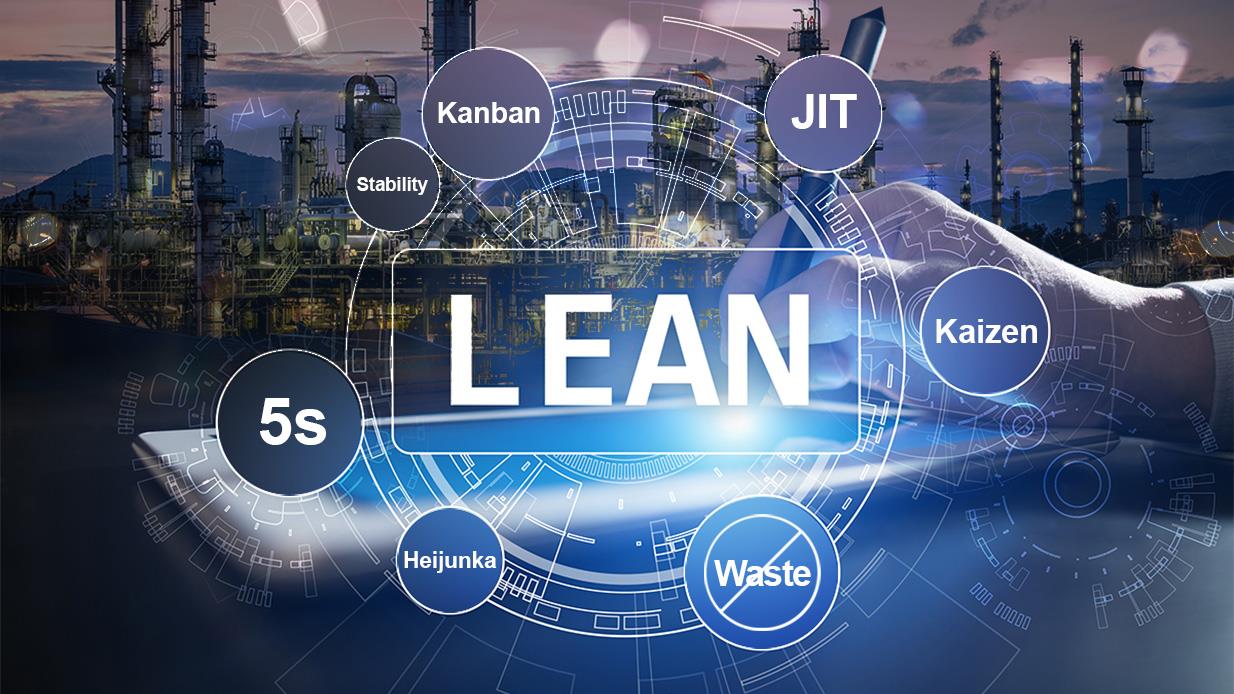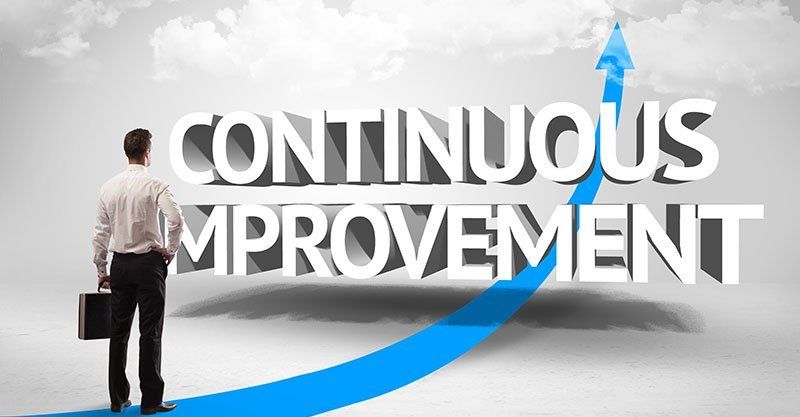METHODOLOGIES
LEAN methodologies, also known as LEAN manufacturing or LEAN management, are a set of principles and practices aimed at improving efficiency, eliminating waste, and maximizing value in organizations. Originating from the Toyota Production System (TPS), LEAN has since been adopted and implemented across various industries worldwide. It emphasizes continuous improvement, customer focus, and employee engagement to drive organizational success. Here are key aspects of LEAN methodologies:
- Waste Reduction: LEAN methodologies place a strong emphasis on identifying and eliminating waste, known as "muda." This includes various forms of waste, such as overproduction, waiting time, unnecessary inventory, defects, excess motion, and underutilized talent. By reducing waste, organizations can enhance productivity, improve quality, and streamline operations.
- Value Stream Mapping: Value Stream Mapping (VSM) is a visual representation of the entire process flow, from raw materials to the delivery of a product or service to the customer. It helps identify bottlenecks, non-value-added activities, and areas of improvement. By analyzing the value stream, organizations can optimize processes, minimize lead time, and enhance value delivery.
- Just-in-Time (JIT) Production: JIT production is a core concept in LEAN methodologies. It aims to produce and deliver products or services in the right quantity, at the right time, and with minimal inventory. By synchronizing production with customer demand, organizations can reduce inventory costs, minimize waste, and enhance responsiveness.
- Kaizen: Kaizen, meaning "continuous improvement" in Japanese, is a fundamental principle of LEAN. It encourages employees at all levels to contribute to ongoing improvement efforts. Through small, incremental changes, organizations can continuously enhance processes, eliminate inefficiencies, and drive innovation.
- Poka-Yoke: Poka-Yoke refers to mistake-proofing or error prevention techniques. It involves designing processes and systems in a way that minimizes the possibility of errors or defects. By implementing poka-yoke mechanisms, organizations can reduce rework, improve quality, and increase operational efficiency.
- Standardized Work: Standardized work refers to establishing clear, documented standards and procedures for each task or process. It ensures consistency, reduces variation, and provides a baseline for continuous improvement. Standardized work also facilitates training, empowers employees, and enables better resource allocation.
- Total Productive Maintenance (TPM): TPM focuses on optimizing equipment effectiveness, minimizing breakdowns, and maximizing equipment uptime. It involves regular maintenance, cleaning, and inspection activities performed by both operators and maintenance staff. By proactively maintaining equipment, organizations can improve reliability, reduce downtime, and enhance overall productivity.
- Respect for People: LEAN methodologies emphasize the importance of respecting and empowering employees. It encourages open communication, collaboration, and involvement in decision-making processes. By valuing and developing employees, organizations can foster a culture of continuous improvement, engagement, and high performance.
LEAN methodologies have proven to be highly effective in enhancing operational efficiency, improving quality, and driving organizational excellence. By adopting LEAN principles, organizations can reduce waste, optimize processes, empower employees, and deliver increased value to customers.
Methodologies
Top 3 Methodologies of Operational Excellence
LEAN Manufacturing
- Overproduction against plan
- Waiting time of operators and machines
- Unnecessary transportation
- Waste in the process itself
- Excess stock of material and components
- Non value-adding motion
- Defects in quality
SIx Sigma
Kaisen
Kaizen is Japanese and stands for "Continuous Improvement". It refers to activities aiming for the implementation of positive, ongoing changes at the work station. In other words, it is a strategy that involves all employees from every company level to work together and proactively with the goal of achieving regular, incremental improvements to the manufacturing process.
Kaizen puts emphasis on the significance of continuous improvement. It is not enough to undertake changes once. Organizations have to make an effort in continuing improvements repeatedly. Numerous companies have applied Kaizen's concept and strategy in order to increase employee productivity, reduce costs, and improve the overall customer experience.




